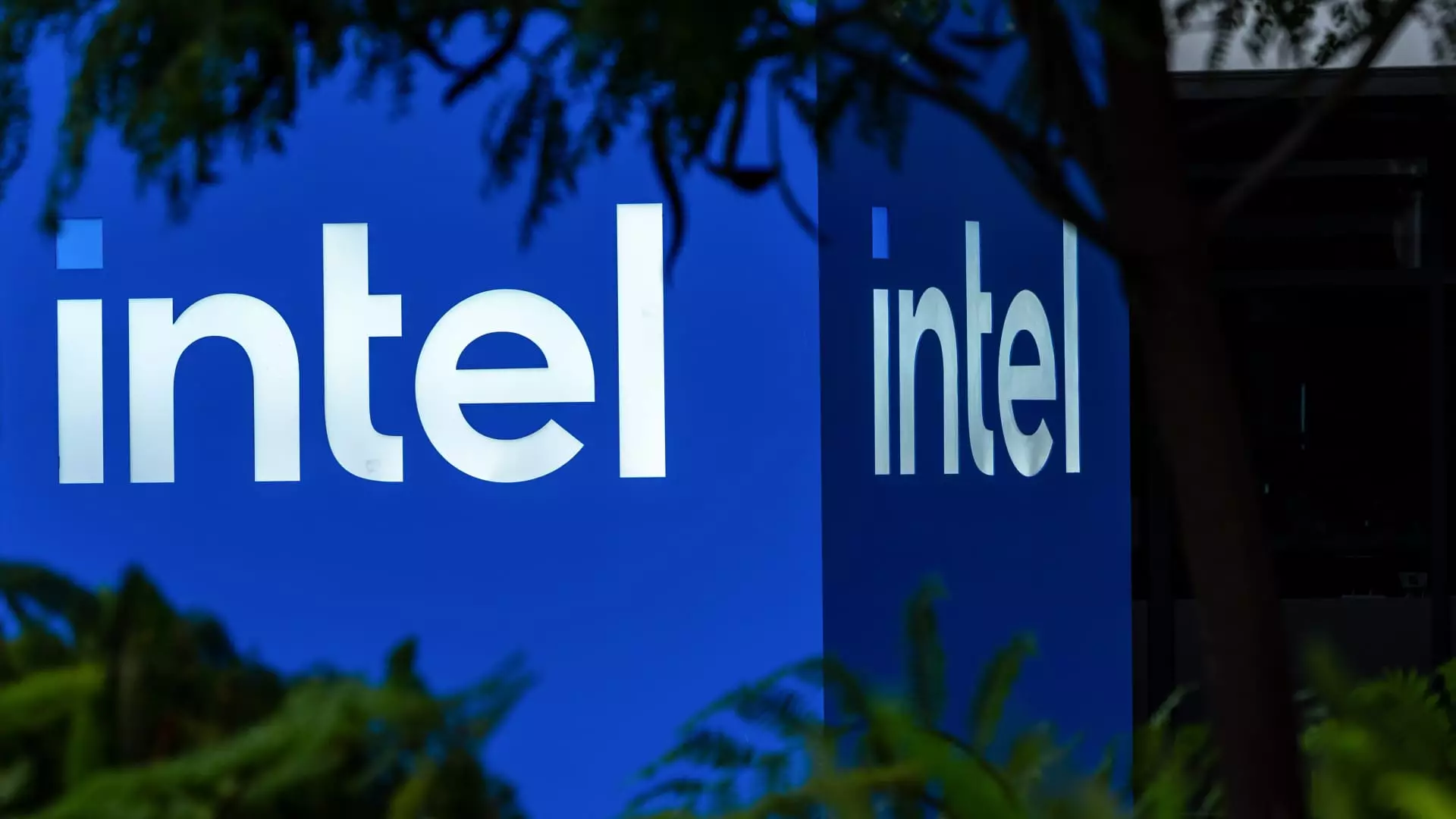In 2025, the stock market seems to have abandoned its traditional caution, propelled by the Federal Reserve’s recent rate cut and an unsettling belief that gains are sustainable forever. While a rate reduction can stimulate economic activity, it often masks underlying vulnerabilities. The market’s relentless rally, culminating in new all-time highs for the S&P 500, masks the dangerous reality: many stocks are overextending themselves. Investors, seduced by quick profits and the allure of continual growth, are ignoring classic warning signs. The surge in stocks like Intel, which surged nearly 23% in a single week, exemplifies this risk. Such rapid ascents often come with inflated valuations, creating a fragile bubble held together more by optimism than fundamentals.
Technological Speculation: The Overbought Trap
A closer inspection reveals that several prominent technology stocks have become dangerously overbought. Metrics like the Relative Strength Index (RSI) paint a bleak picture—these stocks are trading at levels suggesting overconfidence among traders. An RSI above 70 indicates a stock might be due for a correction, yet many investors continue to buy in, convinced that the momentum will carry these stocks even higher. The scenario is reminiscent of speculative episodes from past market booms, where stocks like Lam Research and Palo Alto Networks, with RSI values exceeding 80, become ticking time bombs ready to explode at the first sign of a downturn. Such indiscriminate buying reflects a herd mentality that disregards risks and fundamentals, potentially leading to sudden and harsh pullbacks.
Federal Reserve’s Policy: A Double-Edged Sword
The Fed’s decision to cut interest rates, along with the signal of more cuts ahead, injects additional liquidity into the markets. While this may sound positive, it is a double-edged sword. Supposedly, lower rates stimulate borrowing and investment, but they also encourage excessive risk-taking. Cheap money becomes a catalyst for inflated asset prices, creating a false sense of security. The market’s optimism, bolstered by talk of multiple rate cuts, is rooted more in speculative fervor than in sustainable economic growth. Ultimately, such aggressive easing measures risk creating a volatile environment where assets are valued more on market sentiment than on their intrinsic worth. When reality eventually catches up with exuberance, the fallout could be severe.
The Central Role of Investor Prudence
Given these dynamics, it’s essential for investors to adopt a cautious stance, rather than succumbing to the feverish rush of greed. While short-term gains are tempting, the signs are unmistakable: many stocks are reaching levels that historically precede sharp corrections. The market’s relentless pursuit of new highs, driven by artificial monetary stimulation and overconfidence, leads investors down a treacherous path. An overextended market may look resilient today, but it remains fragile—an accident waiting to happen if the enthusiasm isn’t tempered with discipline and skepticism. Trusting in the market’s perpetual rise without regard for overbought signals ignores the painful lessons of past bubbles, and risks devastating returns when the tide finally turns.

